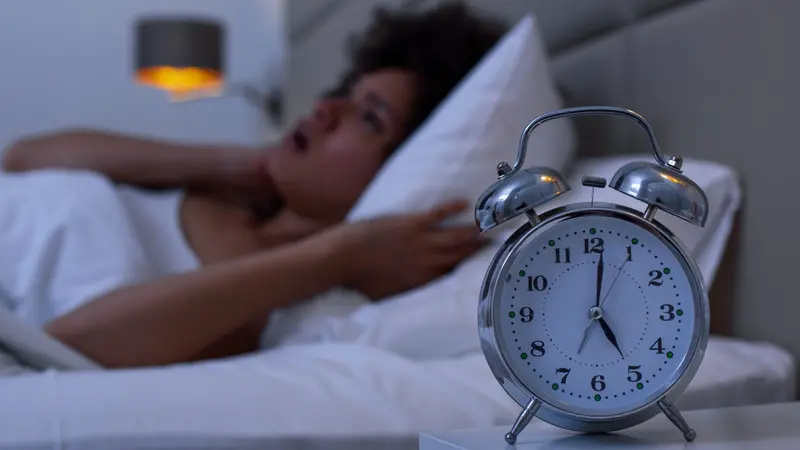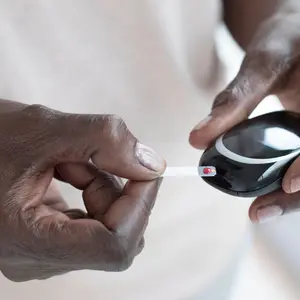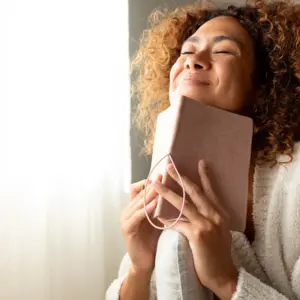

Mental and Behavioral Well-Being

Mental and Behavioral Well-Being
Address Sleep Issues Early to Avoid Chronic Insomnia
The pandemic and politics in 2020 have upended daily routines and caused an increase in stress and anxiety, resulting in many people reporting insomnia. Dr. Nancy Foldvary-Schaefer, director of the Cleveland Clinic Sleep Disorders Center, told the New York Times these stressors are a kind of trauma. She says a lot of people have more anxiety now, and “high anxiety is clearly associated with insomnia.” Experts say that identifying the individual root cause of sleeplessness is a critical step toward preventing it from becoming a chronic sleep disorder.
If your insomnia has been triggered by a stressful experience such as the death of a loved one or the loss of a job, all too common realities of COVID-19, the best approach is to see a doctor. Cognitive behavioral therapy for insomnia (C.B.T.-I.) is a standard treatment for insomnia triggered by a stressful event and includes techniques such as meditation, mindfulness, and muscle relaxation. Most patients see improvements after six to eight weeks of C.B.T.-I treatments.
Changes to daily habits are another common insomnia trigger, an issue for many people working and learning at home during the pandemic. Lack of exercise and structure can increase sleep problems, for both adults and children. Dr. Foldvary-Schaefer advises patients to use their bed for sleep only. Experts suggest reverting to a pre-pandemic schedule for bedtimes and creating a bedtime routine that includes time to relax with a warm bath, listening to music, or stretching.
If there are no psychological issues triggering the insomnia, the problem may be physical. The blue light emitted from televisions and electronic devices is known to disrupt the body’s natural sleep hormone, melatonin. Experts recommend children and adults shut off electronics well before bedtime, or at least adjust the display setting to a warmer spectrum. Create a sleep environment that is dark and quiet, limit alcohol and caffeine consumption, and aim for some vigorous exercise each day. Taking these simple steps to improve sleep can prevent it becoming a long-term issue.
REFERENCES
Zuckerman, C. (2020, November 23). Break the cycle of insomnia. New York Times. https://www.nytimes.com/2020/11/14/at-home/insomnia-advice.html


 By
By







